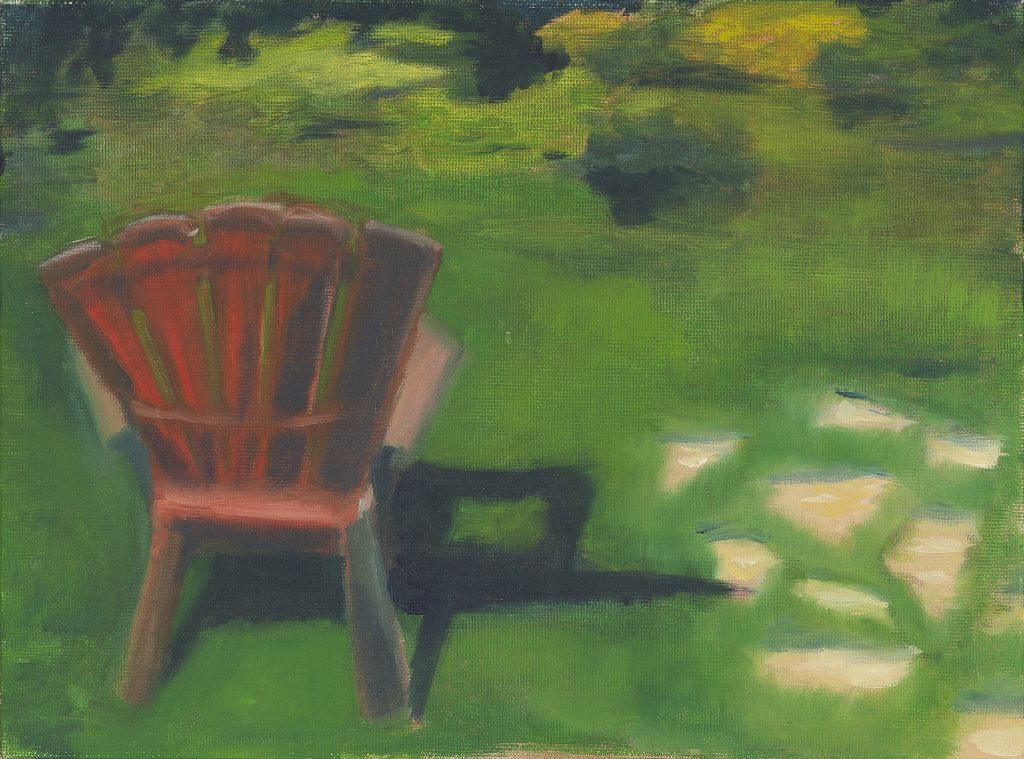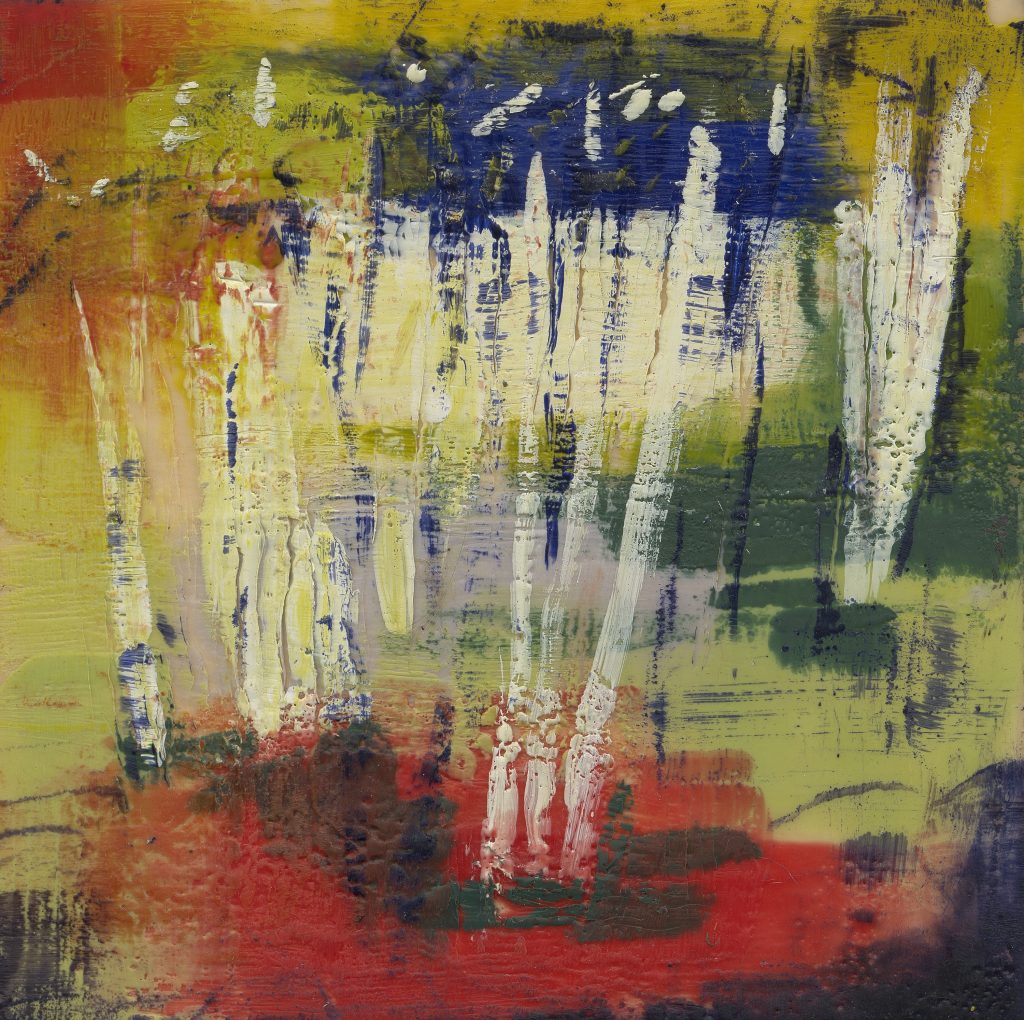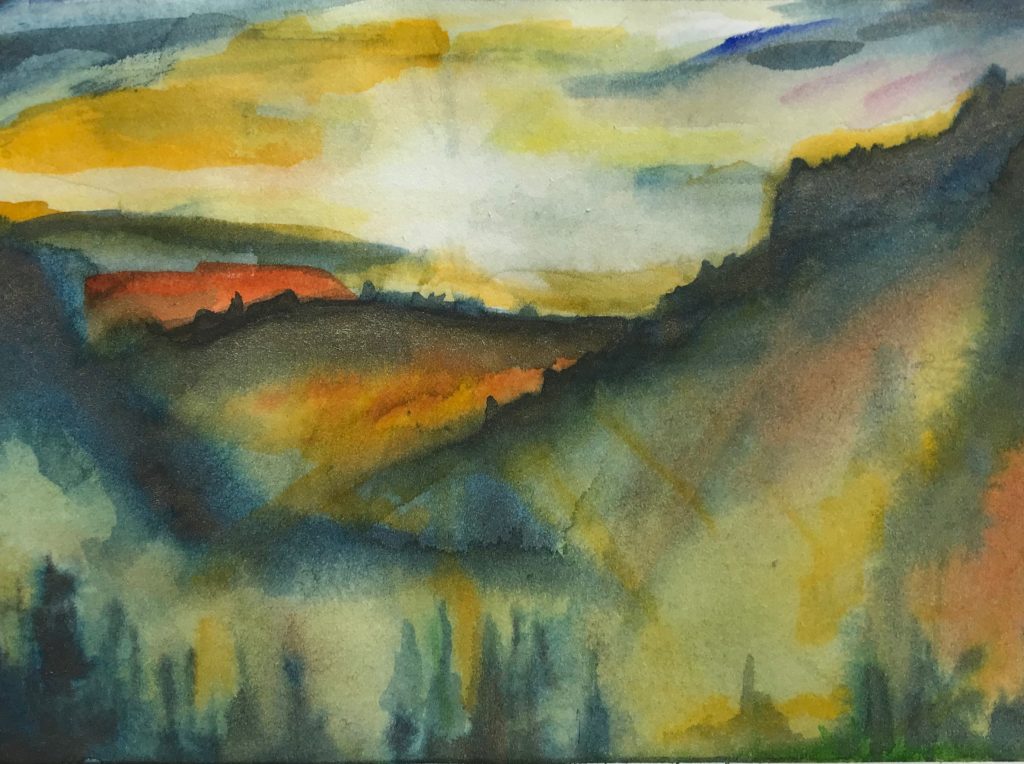Chapter 25
Skip’s Back! (in 2 Parts)
PART ONE
Santa Fe is an easy-going, slow paced, smallish city which perfectly fit our mood with walks down “Potters Alley” (a/k/a Canyon Road), or admiring the art collection in the State Capitol, or some fishing, or hiking down one of the Hyde Park trails. Mari, our host, had grown up on Canyon Road in her family’s pottery and basket shop, which also specialized in Native American jewelry. Now she was the state law librarian, a grandma, married to her high school sweetheart, and happy to see Patty and all of us.
Patty and Mari had become friends while Mari worked for The Bridge, a Minneapolis shelter for runaway youth and Patty was volunteering. A “runaway shelter” is not how they described it, rather “a safe place for ‘throwaway’ kids to get off the streets or out of a bad home situation.” Sitting around the campfire, our second night there, with blankets, under a full moon (and no snow), it was a pleasure to hear Patty and Mari going back over old times.

“Yeah, remember Timmy Mostello, the kid who played piano?” Patty started.
“And Jenny Steiner, who lived at one of the group homes,” added Mari.
“And the time you were on TV and those kids ran away to The Bridge because you made it sound so good!” laughed Patty.
We all heard how Timmy, a high school drop-out living on the streets, went for a walk with Patty to the Bridge Alternative School, where he saw the school’s piano, and said, “A piano!” and sat down and “played like Mozart.” At Patty’s suggestion, Timmy then initiated a reunion with his mom, bringing Patty along, and the deal was struck: So long as Timmy goes back to school, he gets to move back home; but Mrs. Mostello doesn’t get to say anything about what else Timmy does except staying in school.
“Have you heard from Timmy lately?” Mari asked.
“Not for years. Last I knew he was married, being a good father to a couple kids, with a sweet wife. They’d send a Christmas card – but not for a long time now,” I did hear that Hunter, remember him, got shot by the cops . . . Have you kept up with Jenny?”
Jenny, we learned, was a suburban kid, way ahead of her time, kicked out of her parents’ home for dating an older Black man. She was high on acid when she first showed up at The Bridge, a court-ordered placement. “Yeah, it was really great having that family court judge like us so much,” Mari said, “and you know, after Jenny quit seeing us as authority figures over her life, she really prospered, ended up going to college. Last I heard, she was still helping The Bridge with its annual fundraiser.”
Mari wanted to hear all about our travels, and in particular, more about Boulder, Montana, Eloise’s school board race, and whether the cowboys we made friends with might genuinely be open to a dialogue about Native American fishing rights, treaty rights, and stopping pipelines across reservation lands. “I’m asking because I’ve invited the Navajo Nation Leadership Council to this party I’m throwing for you guys – and I’ve told them you’ve got a pretty good pulse on how Trump’s America is thinking these days. Patty, you think those Cowboys could be convinced to smoke a peace pipe with my Navajo friends, or were their jeans just too tight?”
“Well . . . . ” Patty started, taking a second to gather her thoughts, “You know, that’s a really good question. Too much of our traveling has just been escapades . . . We’ve put too much effort in trying to start this Rumpkins thing, and precious little actually making friends across the political divide. Has anybody heard anything from Susie or Eloise back in Boulder . . . ?
Max, looking chagrined, admitted he’d hardly spoken with Eloise – except to know she’s been super-busy campaigning.
Steve jumped in, “Well, you know whom we can get back in touch with? Those Texas guys we met at the Phoenix RV Park. Rocky’s ‘What is Fun’ thing actually worked, and we got their phone numbers to stay in touch.”
“Put some pot in that peace pipe, and it might actually work,” Rocky suggested
—————————————————————————————————————-
Skip, Sally, Jack and the bartender from Dirty Nick’s arrived in time for Mari’s party – arrived in a brand-new Land Rover to go with our Land Yacht. The bartender, whom we knew as “Big Sam” while we were in L.A., had been talking with Jack and Sally, at the Hollywood fundraiser about their heading out for Santa Fe. “Yeah, well, sure,” Jack said when Big Sam asked if there was room for him. Big Sam was a long-haired, though bald on top, clean shaven, rough looking, but friendly guy. He was ready to get back on the road himself, even before he met the “Travelin’ Rumpkins” – what he called us – “and I can help ya,” he said.
And guess who also showed up for the party? Sunshine and Peaches. So our updated Ken Kesey-like Merry Pranksters kept on growing, now truly a caravan, more and more freaky.
Skip was disappointed hearing nothing much had come of the meeting with the famous Udall family in Tucson, but when told about Mari’s question as to whether the cowboys back in Boulder were just on the make, Skip said he had been staying in touch with Susie, and that Susie’s cowboy friends were indeed helping on Eloise’s campaign, very gung-ho about electing somebody who was not a Democrat or a Republican. “Looks like she’s going to win,” Skip said, adding Rocky-like “You sisters might have a thing about guys whose jeans are too tight, but it seems the body politic is what these guys are more infatuated with.”


